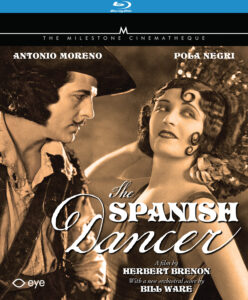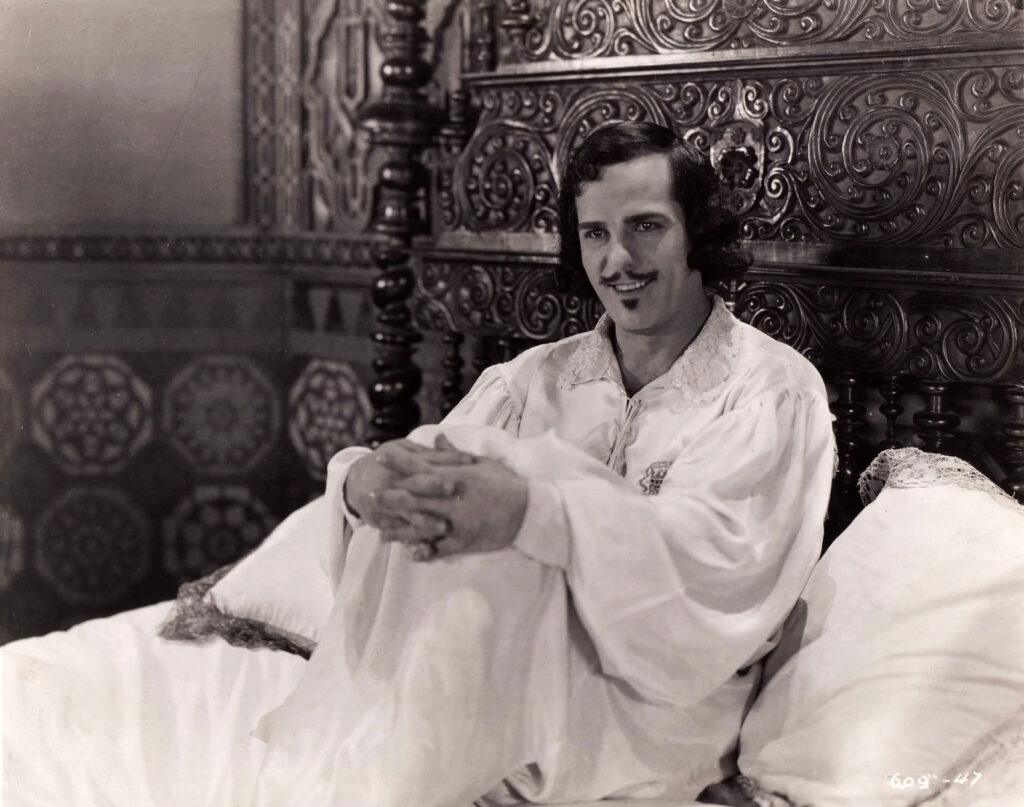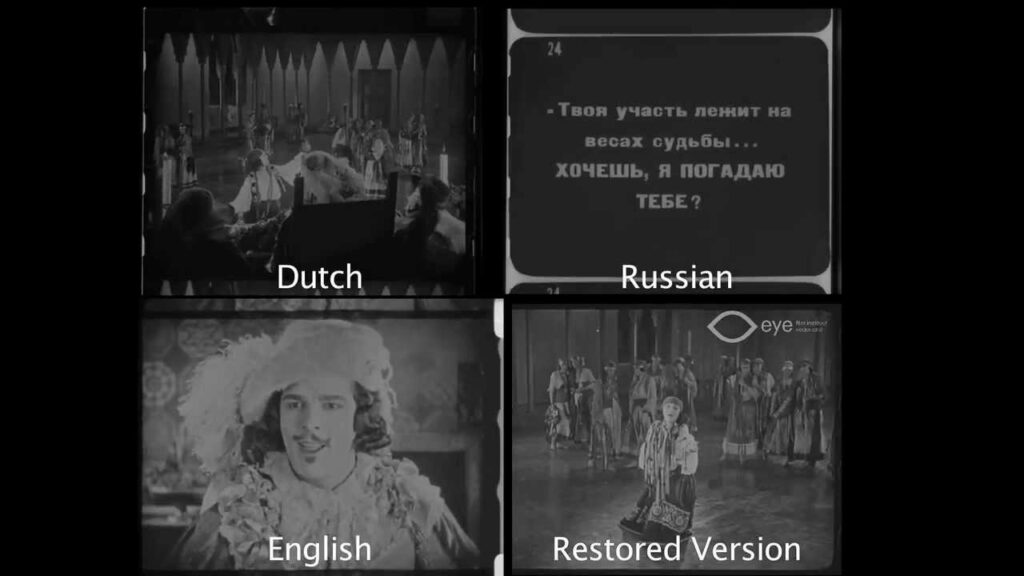Pola Negri Dances into the lead of Period Spectacle Adventure-Romance
DIRECTED BY HERBERT BRENNON/1923
BLU-RAY STREET DATE: AUGUST 29, 2023/MILESTONE FILMS (via Kino Lorber)

Meticulously restored from a quartet of very different surviving prints from four corners of the Earth, 1923’s The Spanish Dancer sashays onto Blu-ray courtesy of Milestone Films and Kino Lorber. A historical piece set in Spain circa 1640, the film is a lighthearted adventure-romance starring German import starlet Pola Negri (in her first large-scale Hollywood spectacle) as Maritana, a self-assured gypsy fortune teller. The film also stars Wallace Beery, Adolphe Menjou, Antonio Moreno, Kathlyn Williams, and a period-garbed cast of at least hundreds.
Directed with utilitarian skill by Herbert Brennon, The Spanish Dancer is known in silent film circles as superior to Rosita (1923), a similar movie from the time helmed by previous Negri director Ernst Lubitsch and starring no less than Mary Pickford. (Both films were in fact based upon the exact same source material, the 1872 opera Don César de Bazan by Adolphe d’Ennery and Philippe Dumanoir). Whereas Pickford portrays a poor singer, Negri’s Maritana is also an impoverished dancer.
Already revered within her community, Maritana attracts the attention of King Philip IV (Wallace Beery), who tries to seduce her. Not only does she not buy that he’s the king, she is in no way inclined to step out on her true love, the dashing Don Cesar de Bazan (Antonio Moreno). It’s on her to expose a warmongering plot against France (the dasterly scheme of the king’s right-hand man, Don Salluste played by Adolphe Menjou), save her lover from execution, and get this story to a satisfying ending. We never don’t believe that Negri (or Maritana) is up to the challenge.

Powering this restoration of The Spanish Dancer (itself not altogether free of portions of intense visual wear and tear) is a fantastic new full score by composer Bill Ware. Ware describes how he was able to get in step with the forward energy of the film, which it turns out was created back in the day with a physical tempo as its guide. This absolutely tracks, as The Spanish Dancer is at times as close to being a musical as any silent movie could be. Ware shares how he went in inspired by the film music of Ennio Morricone and then went on to research Spanish music of the 1640s, moviegoing attitudes and expectations of the 1920s, all the while keeping in mind today’s audiences that will be experiencing the restoration. The resulting score propels the otherwise straightforward film with a proper assertion and big presence, honoring all three eras the composer was keeping in mind.
The process and pains of the restoration as undertaken by the EYE Film Institute in the Netherlands is the subject of a bonus feature on the disc. At only a couple minutes in length, this restoration demonstration barely gets going before it’s over. Nevertheless, it provides a base-level glance at the incomplete and varying conditions of the four utilized prints and what it took to assemble the finished product. It is estimated that The Spanish Dancer as presented today is now ninety-five percent complete.

Author and film historian Scott Eyman has a solidly academic audio commentary that is a great complement to the feature presentation. Eyman truly knows his stuff and has clearly done impressive due diligence researching this film and it’s cast and crew. He colorfully tells of how Negri failed to get on with director Brennon, wishing it could be Lubitsch at the helm. At one point in the commentary, Eyman does flub a take, pauses, and starts over… and its all accidentally left in. So, while the overall quality control might not be what it should be for this bonus feature, that’s a minor imperfection in an otherwise outstanding package. For the record, Eyman recovers very well, appearing to improve his text on the fly for “take two” of that passage.
The Spanish Dancer is a terrific discovery of the late silent era, serving up political intrigue, romance, swordplay, adventure, lots of ornate costumes and sets, fine performances, believably high stakes, and fine photography by the great James Wong Howe. What it lacks is panache- and Negri knew it while she was making it. Eyman discusses how and perhaps why Herbert Brennon, despite having a successful career at the time, completely failed to make the jump to sound filmmaking. Unlike Lubitsch, his films could dance but they just couldn’t sing.


